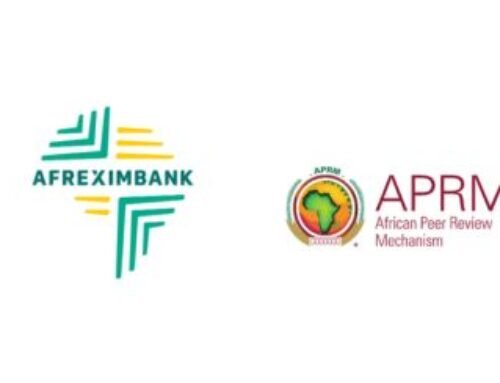
Global bond markets have witnessed a rapid surge in yields over the past few weeks, igniting fears among market participants that the era of low interest rates may be drawing to a close. This trend has been met with growing concerns from investors worldwide, who worry that elevated interest rates could potentially stifle global economic growth.
The ten-year Treasury yield in the United States, which broke the 4% threshold during the first week of August, has not reached such heights since 2008. Remarkably, on the third day of October, the benchmark US treasury rate skyrocketed to a 16-year peak of 4.8%. Simultaneously, the yield on 10-year Treasury notes surged to 4.884%, marking its highest point since August 2007. Notably, 30-year Treasury yields also breached the 5% mark.
This surge in yields is attributed to the banking upheaval experienced in the US earlier in the year, which sowed recessionary fears among investors. Many expected the Federal Reserve to reduce interest rates as a result. However, when the banking crisis subsided, economic growth predictions improved, sparking the current rate hike.
The ramifications of these events have reverberated globally. In Europe, there are mounting concerns over the potential for a fiscal crisis in Italy. As a result, European stock markets have faltered, particularly driven by declines in commodity-linked stocks and retail shares.
In the UK, the FTSE 100 dipped by 0.8%, closing at 7,412.45 points. Meanwhile, Germany’s DAX index edged up by 0.1% to reach 15,099.92 points, and France’s CAC 40 held steady at 6,996.73 points.
These rising rates have rekindled apprehensions regarding the sustainability of Italy’s public finances. The country’s ten-year government bond now carries a yield of approximately 4.9%, the highest since the peak of the eurozone debt crisis in 2012. The eurozone debt crisis stemmed from fiscal issues in various European countries and institutions.
In Asian markets, Japan and South Korea have been particularly affected by these developments. The Nikkei 225 index in Japan dropped by 2.3%, closing at 30,526.88, while South Korea’s benchmark Kospi index recorded a 2.41% decline, finishing at 2,405.69 points.
Interestingly, the Bank of Japan has taken an unconventional approach by maintaining interest rates at -0.1% despite rising inflation. Moreover, it continues to cap ten-year bond yields at 1%, a threshold that was previously at 0.5% before an adjustment in July. As a measure to defend this cap, the Bank of Japan made an unscheduled purchase of ¥301 billion ($2 billion) of Bonds in September, when yields neared 0.8%. This intervention was followed by another substantial purchase of ¥1.9 trillion in October.








Leave A Comment